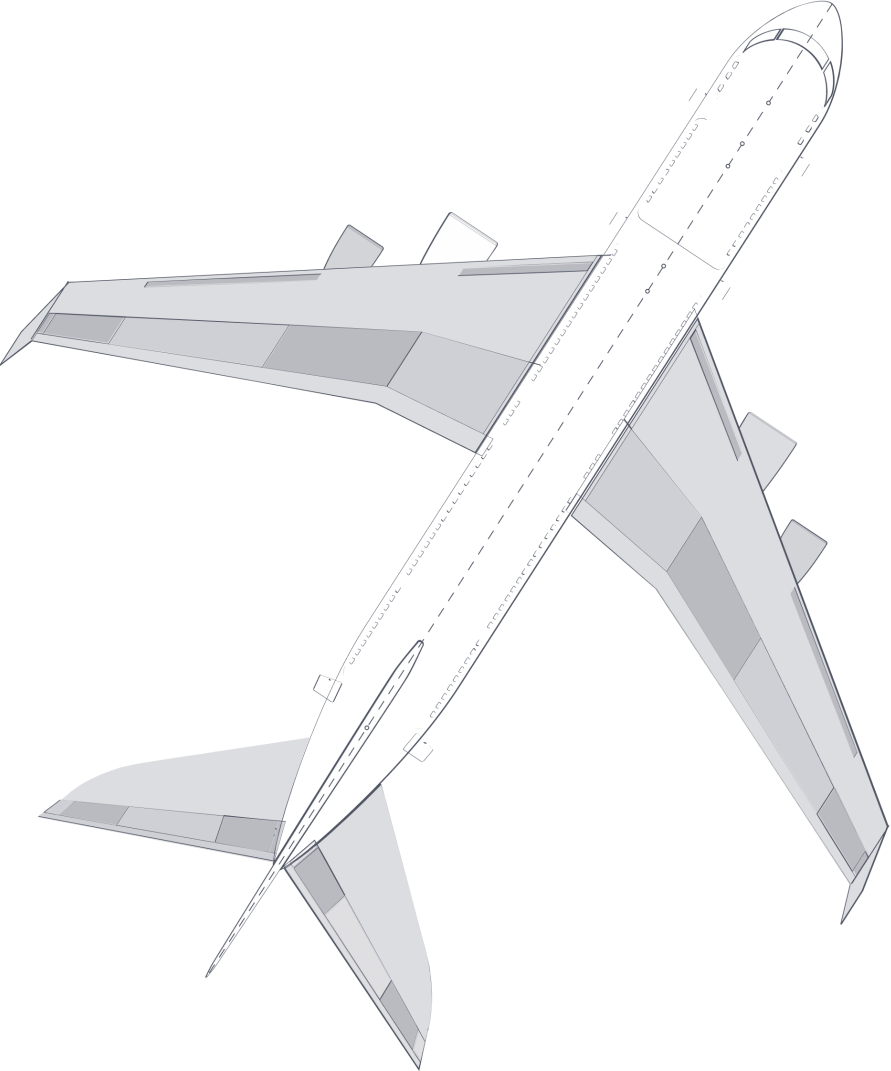IATA predicts that as a result of the COVID-19 pandemic and due to the decline in demand for air travel, the aviation industry will lose $118 billion this year.
The aviation industry faced new health and aircraft operation requirements, which in turn necessitated the implementation of various organizational and technical measures.
According to the SITA 2020 Air Transport IT Insights study, the industry’s top priority was to accelerate the investment in contactless passenger data processing using mobile technology, remote and cloud-based IT services, computer vision-based IT systems for queue monitoring, controlling compliance with COVID-19 sanitary requirements (mask-wearing and social distancing), face recognition of VIP passengers and business lounge passengers, the development of systems to control and monitor aircraft movement in the airport, the introduction of new ground service systems, and more.
In 2021-2025, data analytics, artificial intelligence, and machine learning will be increasingly used by airports to upgrade operational efficiency levels and enhance the overall airport experience.
To help airport operators achieve Airport 4.0 standards, Softarex Technologies provides smart software solutions that can be used in different areas of the airport business. Below we describe the most important IT systems that are being actively implemented and developed in the aviation industry.

Aviation and Transportation

The use of Big Data, Embedded, and IoT technologies allows airlines and MRO (maintenance and repair) operators to systematize and analyze information about the condition of aircraft. It enables the airline to detect worn-out parts and replace them long before they break down. This significantly reduces aircraft maintenance downtime and improves aircraft utilization efficiency. The development of such systems is a future objective. Today, the market offers fleet maintenance systems that transmit information about the aircraft’s technical condition from the aircraft to the ground services. This helps quickly repair and maintain the aircraft.
The optimization of HR costs equires the development and implementation of best practices in HR management, special crew planning programs, and systems for crew mental health analysis. The implementation of HR management systems helps optimize HR costs. Crew planning remains one of the most acute problems in civil aviation, as the crew capacity should strictly correspond to the number of flights performed and take into account the health status and availability of the crew members. Various emotion analysis algorithms based on computer vision technology can be used to analyze the mental health of the crew.
Business processes are accelerated by automating the processes of interaction and mutual settlement of airlines with suppliers using Blockchain and smart contracts technologies. The interaction of airlines with passengers, passengers with each other and passengers with airports allows for a significant increase in revenue in airport retail networks.



Automated airport security systems based on cloud computing and computer vision help airport security officers maintain the highest possible security levels without diverting staff from other areas. Our experts can implement the following features:
The IT airport systems described above can be implemented only using such technologies as:
These technologies allow developing various systems to address the challenges of aviation and airport management. The engineers of Softarex Technologies have the required knowledge, skills, and experience to implement projects in the aviation industry.